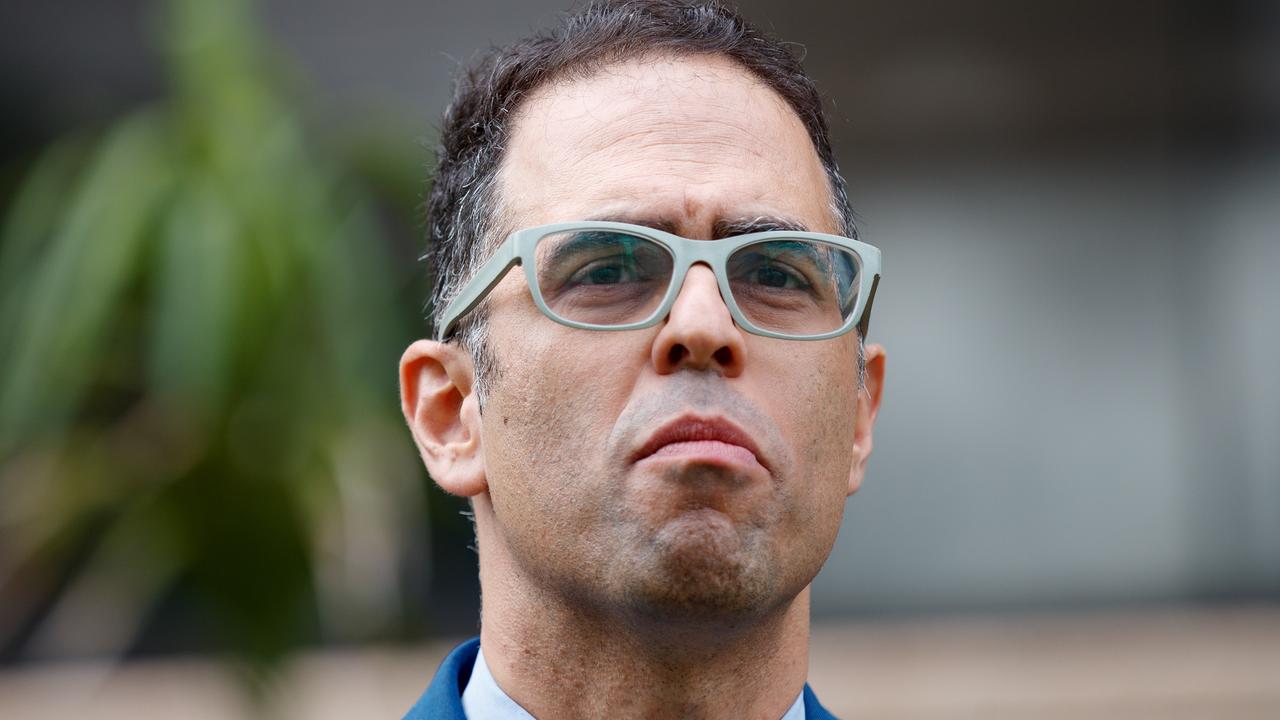The NSW Treasurer has continued to poke holes at the methods used to distribute billions of dollars in GST revenue, citing the “absurd” methods used by a federal body.
The formula classifies the NSW coastal village of Stanwell Park as a “major city,” while Tasmania’s capital of Hobart is a “major regional city.
On Tuesday, Daniel Mookhey continued to advocate for a per capita distribution method of GST, instead of the current complicated formula which takes in a range of factors, including a state’s earning capacity in relation to their need of funds, as well as the spread of the state from major cities.
Speaking about how the reclassification of major cities, major, and minor regional cities, and remote and very remote areas, essentially cost NSW more than $200m, Mr Mookhey said the system was “entirely opaque”.
Other NSW towns that were upgraded into a major city included Cessnock in NSW’s Hunter Valley, the South Coast tourist town of Kiama, and Googong – which according to the 2021 census has a population of just 6224 people.
“It’s just another example of the absence of transparency leading to weird decisions that are unintelligible and hard for us to explain,” he said.
“If the system is impossible to explain, it shouldn’t continue.”
Mr Mookhey demanded the Commonwealth Grants Commission, which oversees the distribution of the $90bn in GST, to accept his “three suggestions”.
This includes policies to increase transparency including four-year forecasts to match how states calculate their budgets, calls for the CGS to release a draft determination at “roughly the same time” when state’s make their half-year review, and allow states to see each other’s submissions on service delivery costs “so we can all keep each other honest”.
While he didn’t go as far to say other states and territories were sharing incorrect figures, Mr Mookhey said the system would benefit from extra transparency.
“I think the entire system would benefit if we can cross check each other’s numbers and take into account the particular complexity that is required within cost delivery,” he said.
“I make the point that happens to some extent in all the other national partnership agreements – when it comes to health, and when it comes to education.
“So if it’s good enough for us to be transparent when it comes to something like school funding, it’s good enough for us to be transparent when it comes to GST.”
Asked about the progress of discussions, Mr Mookhey said conversations with Federal Treasurer Jim Chalmers had been “very frank and forthright”.
“It’s for the Federal Treasurer to assess the proposals as we’re presenting them, and I have to say I’m very pleased that Jim Chalmers and I have had very constructive conversations around how we can make that system better,” he said.
However the acknowledged change would “take time”.
Earlier on Tuesday, NSW Premier Chris Minns said a move to a per capita distribution would give NSW an extra $3.5bn a year.
“If you look at the amount of money that’s flowing out of the pockets of NSW taxpayers to other states, something’s got to give here,” he said.
“When you consider we take 37 per cent of inbound immigrants every single year, there’s an enormous pressure on government services in Australia’s largest state.”
